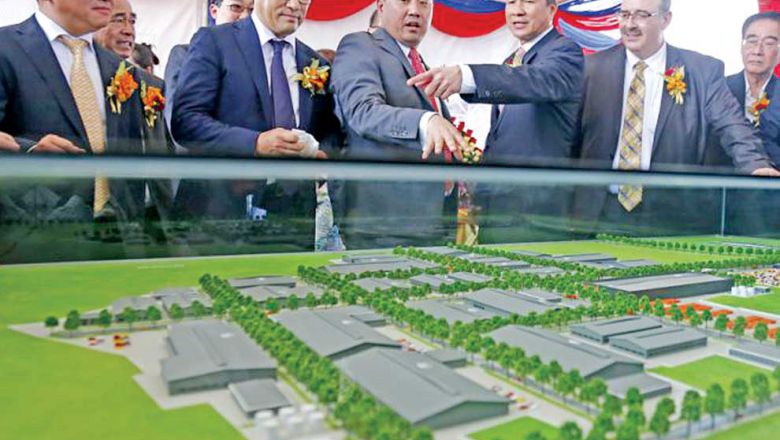Cambodia: Industrial development plan to boost economy is ‘90%’ on track
An ambitous 10-year plan to boost the country’s industrial development is “90 percent” on track and has earned the approval of Prime Minister Hun Sen, government representatives said yesterday.
But some key planks of the plan – particularly its more concrete provisions – have been delayed, frustrating industry groups.
The 10-year Industrial Development Policy, introduced in 2015, includes long-term goals to rezone Phnom Penh into industrial and residential districts, prepare a national policy on employment and devise an effective mechanism for setting minimum wages in accordance with labour productivity and socioeconomic conditions.
It aims to ultimately diversify and elevate the country’s industries, which have been the primary driver of Cambodia’s recent economic growth but have relied heavily on low-wage garments manufacturing.
Council of Ministers spokesman Phay Siphan said the main areas of progress so far included the development of the agriculture industry, promotion of small and medium-sized enterprises (SMEs), expanded opportunities for vocational training, promotion of human resources, and further development of transportation logistics.
“Each minister reviewed all progress and achievements following . . . three years so far, because we have a passion to achieve these goals,” Siphan said. “After reviewing and evaluating [the progress], Prime Minister Hun Sen approved the achievements of each of the ministries.”
Hing Thoraxy, secretary of state at the Council of Ministers, said the 10-year plan was largely on track.
“Following the meeting, [it was seen that] 90 percent of the goals have been achieved,” he said.
“However, the meeting also showed that [the creation of] new laws has been delayed, including a new Law on Special Economic Zones and an amended Law on Investment.”
Many of the short-term goals enumerated in the 10-year plan are defined in vague terms – including the “strengthening” and “improvement” of mechanisms already in place.
But the more concrete among the short-term goals, including establishing the laws on investment and special economic zones, have yet to come to fruition.
Te Taing Por, president of the Federation of Association for Small and Medium-Sized Enterprises of Cambodia, said the SME sector was hamstrung by the government’s failure to adopt specific SME regulations.
“SME policies have continuously been delayed, from 2015 until now, because the Ministry of Industry and Handicraft is slow to pass any policies,” he said, adding that this was not in keeping with the purported goals of the Industrial Development Policy.
Without laws that gave special recognition to SMEs, “we cannot apply for loans that will help us solve our challenges and better reach the domestic market or compete with the international market”, he said.
Policies to modernise SMEs and link them to multinationals was considered one of four primary pillars of the plan when it was launched in 2015.
According to a World Bank report released last month, Cambodia is nevertheless on its way to diversifying its industry into higher value production.
The manufacture of electronic and automotive parts is an expanding component of Cambodia’s exports, and the country “appears to be on the verge of climbing up the manufacturing value chains”, the World Bank economic update says.
Source: http://www.phnompenhpost.com/business/industrial-development-plan-boost-economy-90-track


 English
English




